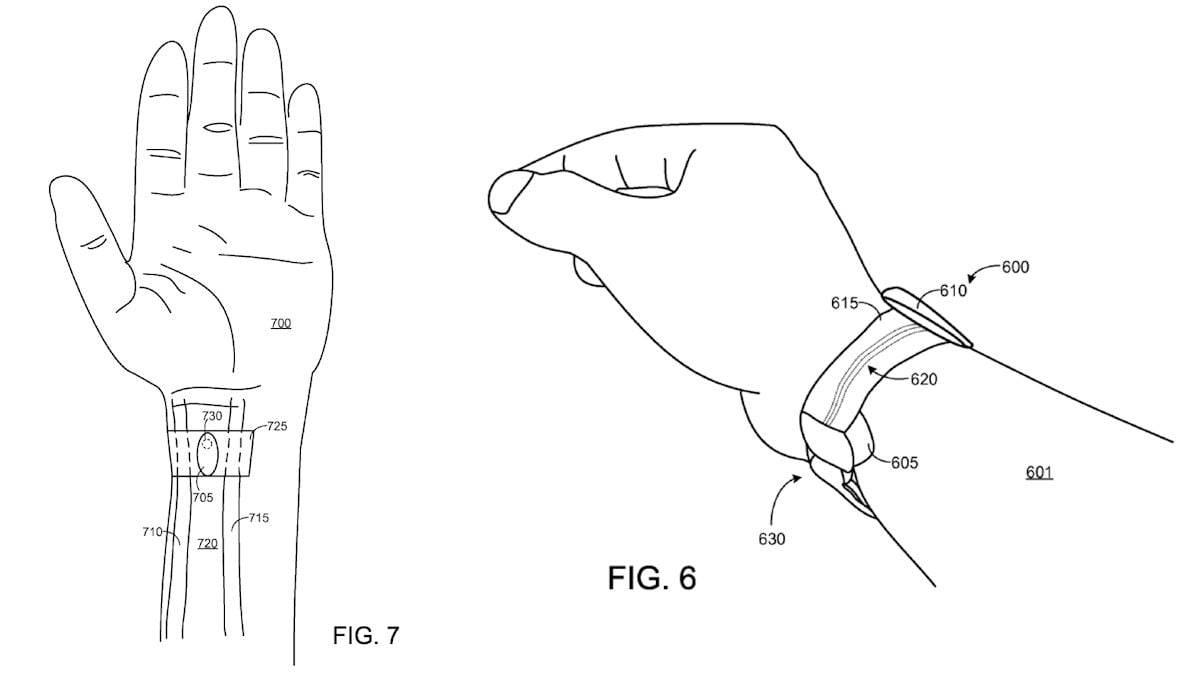Microsoft patents non-optical heart-rate monitor
2 min. read
Updated on
Read our disclosure page to find out how can you help MSPoweruser sustain the editorial team Read more

Microsoft appears to be out of the health tracker game, but while actively involved they must have done a lot of research, and one of the results of all this work is likely a patent for a new type of heart rate meter.
The patent “TRANSDUCING PRESSURE TO A NON-INVASIVE PULSE SENSOR ” would replace the usual optical heart rate monitor as found in pulse oximeters and bands like the Fitbit, Microsoft Band and Apple Watch, with a physical piezo-electric transducer designed to fit between the tendons of your wrist and measure your pulse directly, much like your doctor does when you checks your pulse.
Like your doctor measuring your pulse directly will deliver more data than just the rate. It would also let the sensor feel your heart rate variability, arterial blood pressure, pulse-wave velocity, and augmentation index.
Read the summary below:
A system for transducing arterial pressure is presented. The system includes a one-piece flexible cap configured to fit around a flexible piezo-resistive sensor that is configured to alter an internal resistance upon deflection. The flexible cap includes a deflection wall shaped to conform between a radius and a flexor carpi radialis tendon, and configured to deflect towards the flexible piezo-resistive sensor in proportion to pressure applied by a radial artery. A pressure-transducing medium is sealed between the one-piece flexible cap and the flexible piezo-resistive sensor, such that deflection of the deflection wall towards the flexible piezo-resistive sensor causes proportional deflection of the flexible piezo-resistive sensor.
Microsoft notes that this invention would work equally well in a wearable device but given strong rumours that Microsoft is exiting that market it seems likely we will not see this implementation any time soon.
See the full patent here.









User forum
0 messages